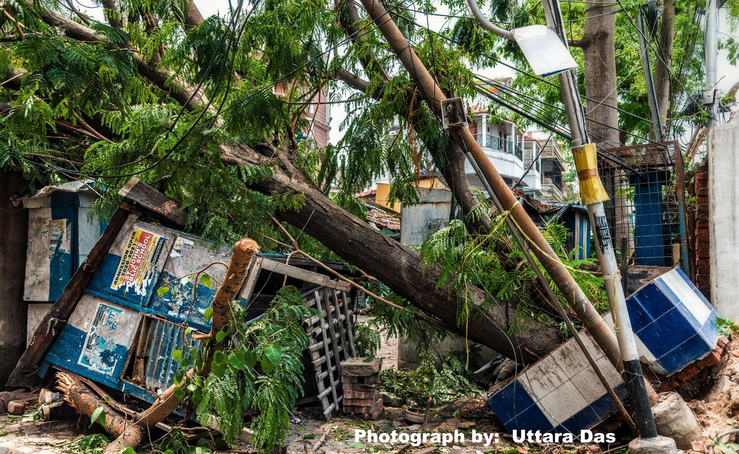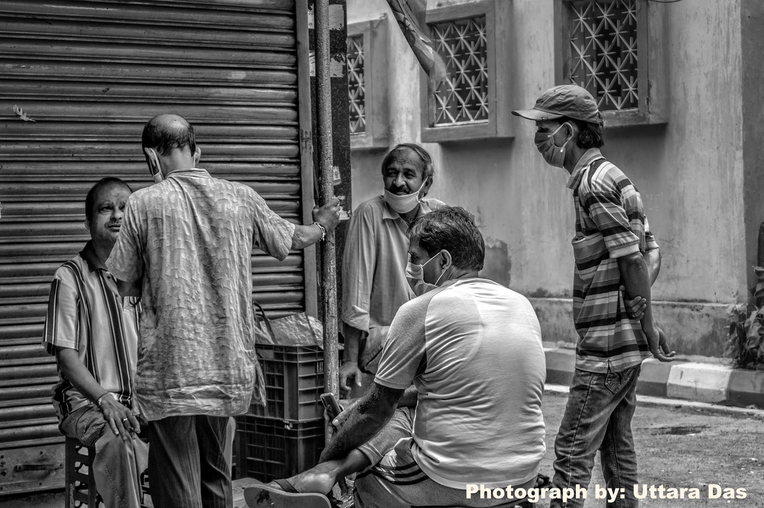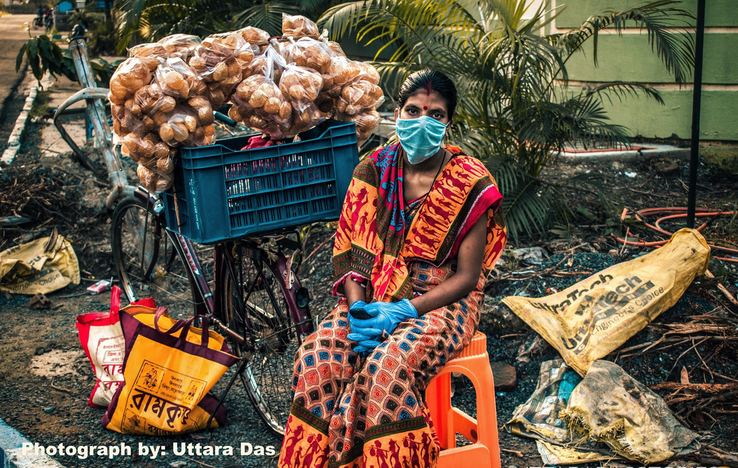Whether it is COVID19, AMPHAN, LOCUST several sub-national and national leaders failed miserably despite their consistent Global Commitments They failed to coordinate, they failed to involve the necessary agencies, they failed to involve people and follow inclusive process in preparation of risk management plans prior to the disasters to face disasters fearlessly and minimise the losses. It clearly shows lack of understanding of the science behind disasters, technological, social and humanitarian approaches and a clear disconnect between integration in Multi-level governance, Risk communication, Science policy interface. In a disaster especially in a double disaster like situation as was Kolkata in Amphan, two way flow in both vertical and horizontal risk communication is a must in monolithic government. It is no longer an issue to get political mileage but a complex crisis situation to be solved collectively. One way instructions from top without being sensitive to bottom up feed-backs outside the formal chain of command creates chaos and disorder. Trained manpower with capacity to face extreme risks is the key to keep the disaster risk governance functional and effective. Be it Cyclone Amphan, Public health emergency like COVID-19 or Dengue. While the early warning in Amphan was not responded with necessary preparedness , in Covid-19, delayed communication without enough risk framing by epicenter China created confusion for Global Preparedness. Since 2015, the landmark UN agreements (e.g., the Sendai Framework for Disaster Risk Reduction [SFDRR], Paris Agreement, and Sustainable Development Goals have set the Goals, targets, priorities for practical actions to reset and preset the developmental actions on Sustainable Development Path by 2030. Governance Priorities in multi-hazard contexts in SFDRR What is multi hazard add couple of sentences please 1. Understanding disaster risk 2. Strengthening disaster risk governance to manage disaster risk 3. Investing in disaster risk reduction for resilience 4. Enhancing disaster preparedness for effective response, and to “Build Back Better” in recovery, rehabilitation and reconstruction. Who is the Main actor identified by SFDRR Governments have been given the power to take proactive actions to coordinate, involve people and follow inclusive process in preparation of risk management plans prior to the disasters to face disasters fearlessly and minimise the losses. History of Global Governance for Disaster Preparedness traces back to 1994 It started in Yokohama Strategy for a Safer World: Guidelines for Natural Disaster Prevention, Preparedness and Mitigation and its Plan of Action in 1994. Aim was to protect persons and their property, health, livelihoods and productive assets, as well as cultural and environmental assets, while promoting and protecting all human rights, including the right to development. In 2005, United Nations General Assembly convened World Conference on Disaster Reduction, in Kobe, Japan. As a result, the Hyogo Framework for Action [HFA] was adopted to frame risk reduction. It was endorsed by 168 countries. HFA was the global blueprint for disaster risk reduction efforts between 2005 and 2015 with a goal to substantially reduce disaster losses by 2015 - in lives, and in the social, economic, and environmental assets of communities and countries. As a sequel, in 2015, 193 UN Member States adopted the Sendai Framework for Disaster Risk Reduction (SFDRR 2015-2030) endorsed by UN General Assembly. What makes us to frame COVID-19 as a Disaster? The UN defines disaster as: • a sudden or major misfortune calamitous event • seriously disrupts the normal functioning of the community or society • when a hazard caused by nature/ human action exposes and makes people vulnerable • causes human, material, and economic or environmental losses that exceed the community’s or society’s ability to cope using its own resources. COVID19 and Other Hazards Exposure to COVID-19 as a disease became a global hazard because it infected in first half of 2020 ~6.8 million people (with about 3.0 million active infected patients), ~3.05 million suffered mild ~53,000 suffered severe ~0.4 million lost life Fact check also show global disasters on a yearly basis: ~1.6 million people get infected lungs due to indoor air pollution ~200 million people suffer from malaria; But Institute of Health Metrics and Evaluation (IHME), Global Burden of Disease (GBD) puts this estimate at 620,000 in 2017. ~390 million get dengue; ~0.65 million die of influenza In Post COVID19 World How to Get Long Term Accelerated Bottom up Demand for Actions and Accountability? In 21st century it is people: individual, family, community will be confronting the hazards of natural fury and man made developmental mistakes due to unfinished agenda. To successfully thrive with a rapidly changing climate in this decade and coming decades will depend on: • How to interpret risk information flowing to us through market, government, institutional and social media sources. • How we decide on our own coping capacity and strategies. • How to educate and train ourselves to enhance our power of observation through a thinking mind and acquired research skill, integration with indigenous wisdom. There is clear need for knowledge creation and human capital building through regular updates and participation in course work, student training, researchers, scientists, technology developers, relief workers, recovery managers, policy makers, financial institutions, to get introduced and ready for a new 21st Century job market for disaster risk study, risk reduction and risk mitigating services. Indrajit Pal Promotes interdisciplinary higher education for disaster risk managers
0 Comments
Leave a Reply. |
Archives
September 2021
Categories
All
|



 RSS Feed
RSS Feed